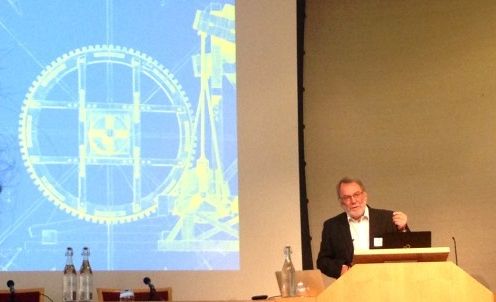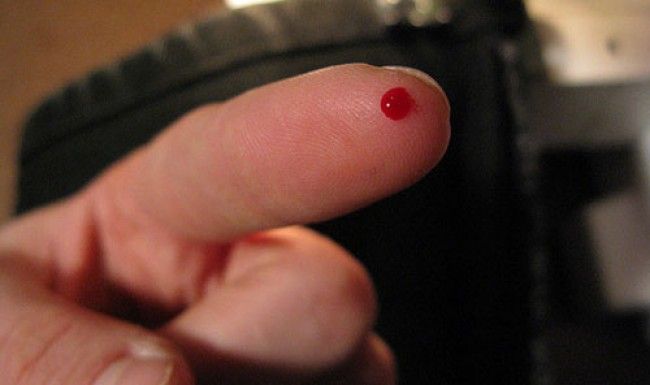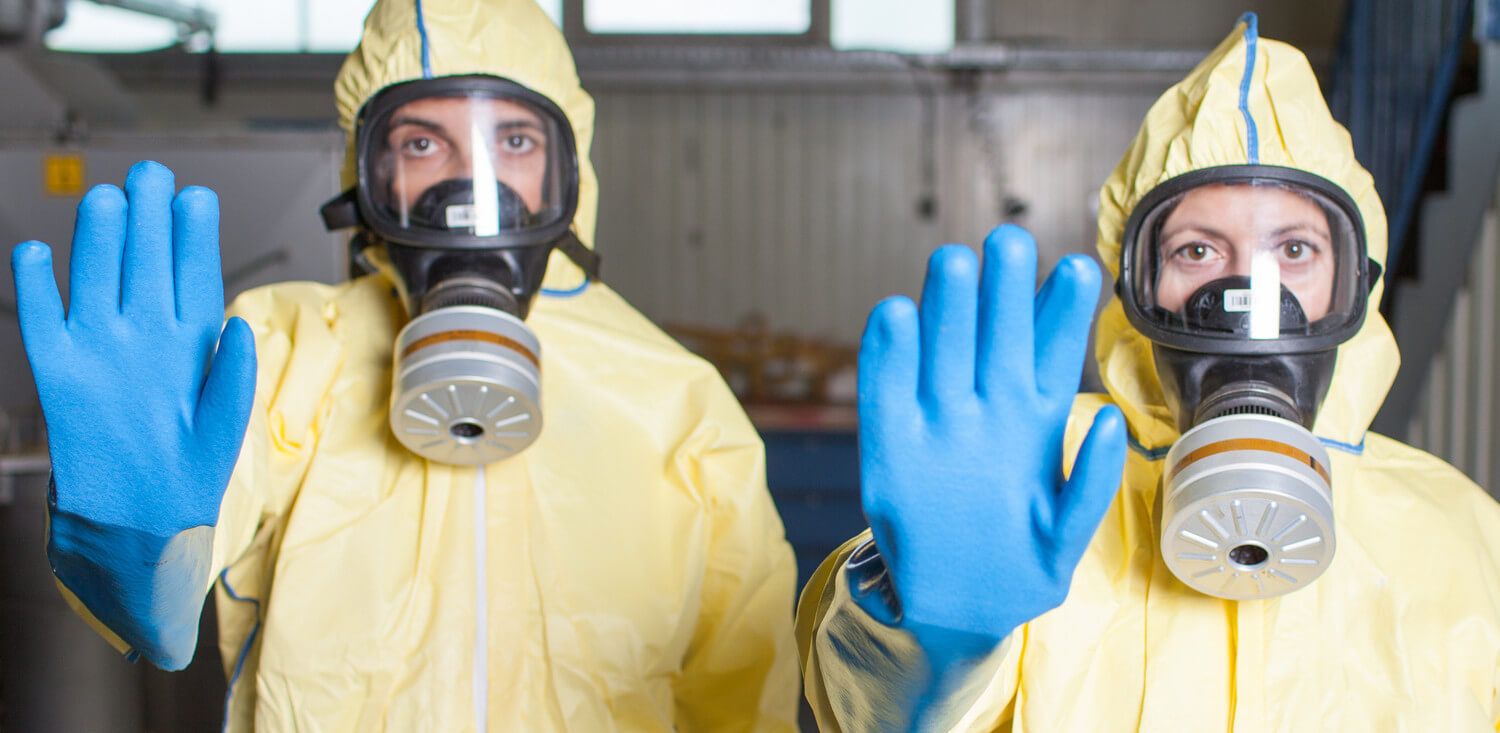May 13, 2016
Looking toward the quantum-technology landscape of the future
Posted by Karen Hurst in categories: computing, electronics, engineering, quantum physics
Quantum future discussed at London’s Royal Society Conference.
By Tushna Commissariat
Not a week goes by here at Physics World that we don’t cover some advance in quantum mechanics – be it another step towards quantum computing or error correction, or a new type of quantum sensor, or another basic principle being verified and tested at new scales. While each advance may not always be a breakthrough, it is fair to say that the field has grown by leaps and bound in the last 20 years or so. Indeed, it has seen at least two “revolutions” since it first began and is now poised on the brink of a third, as scientific groups and companies around the world race to build the first quantum computer.
Continue reading “Looking toward the quantum-technology landscape of the future” »

















